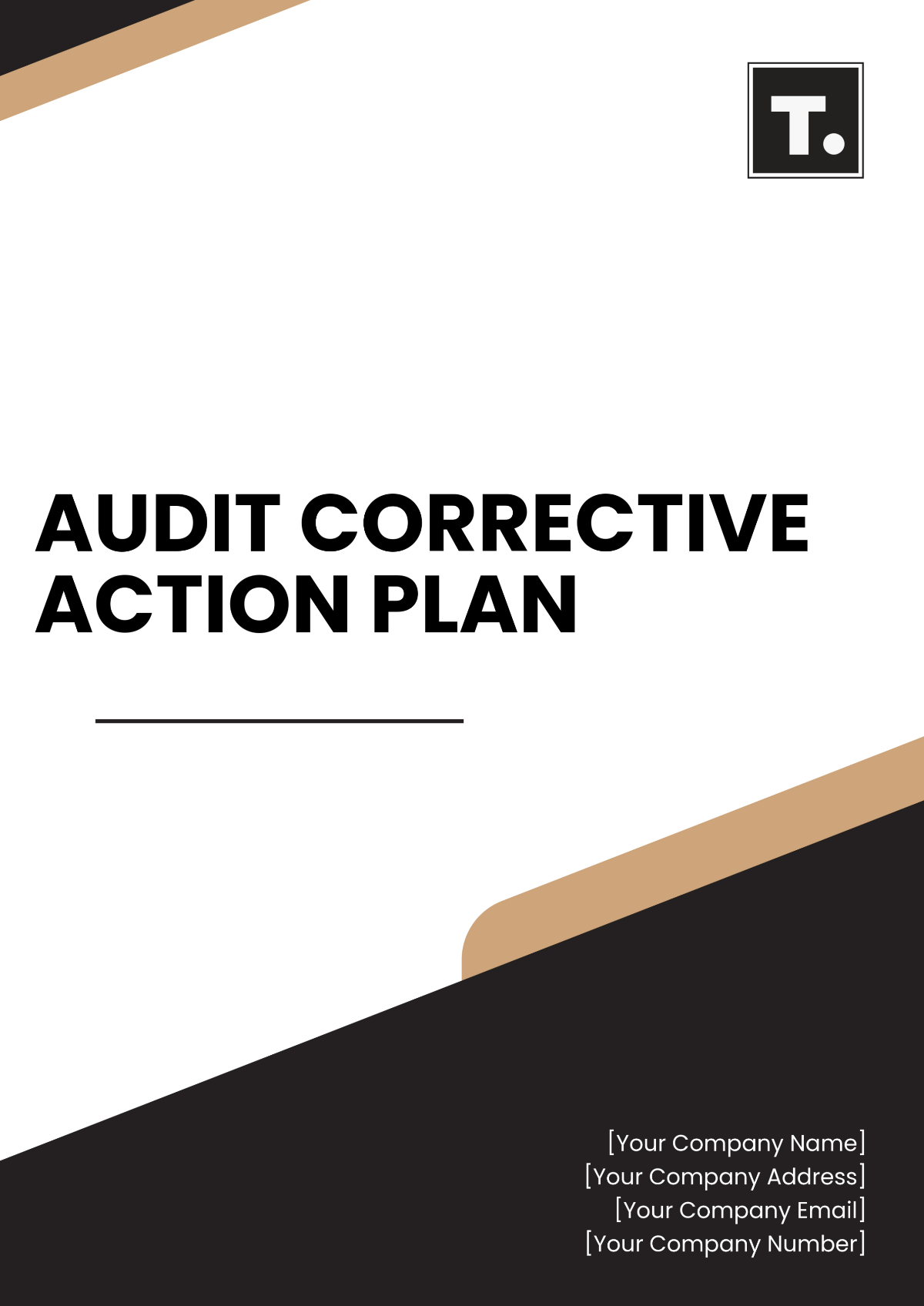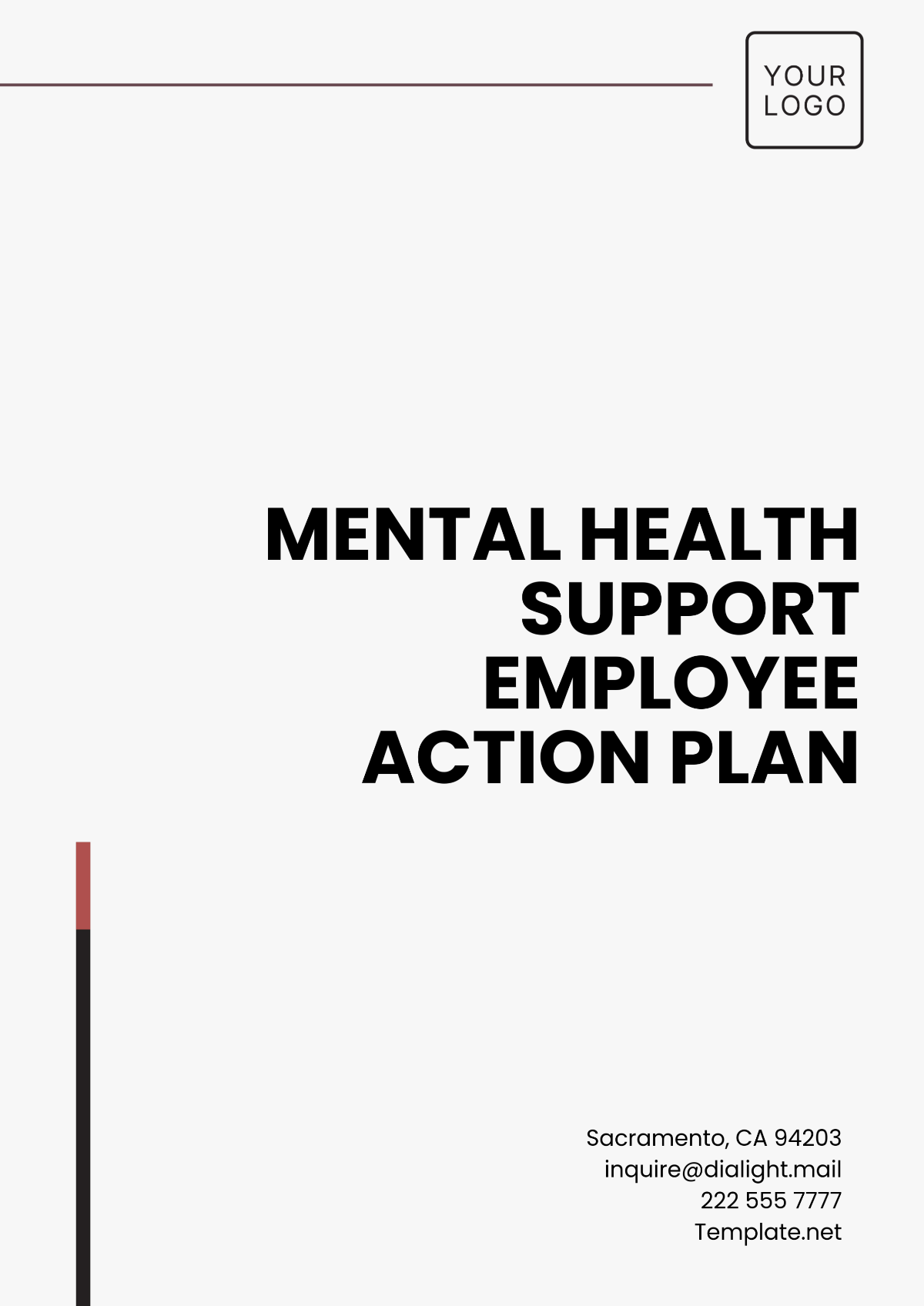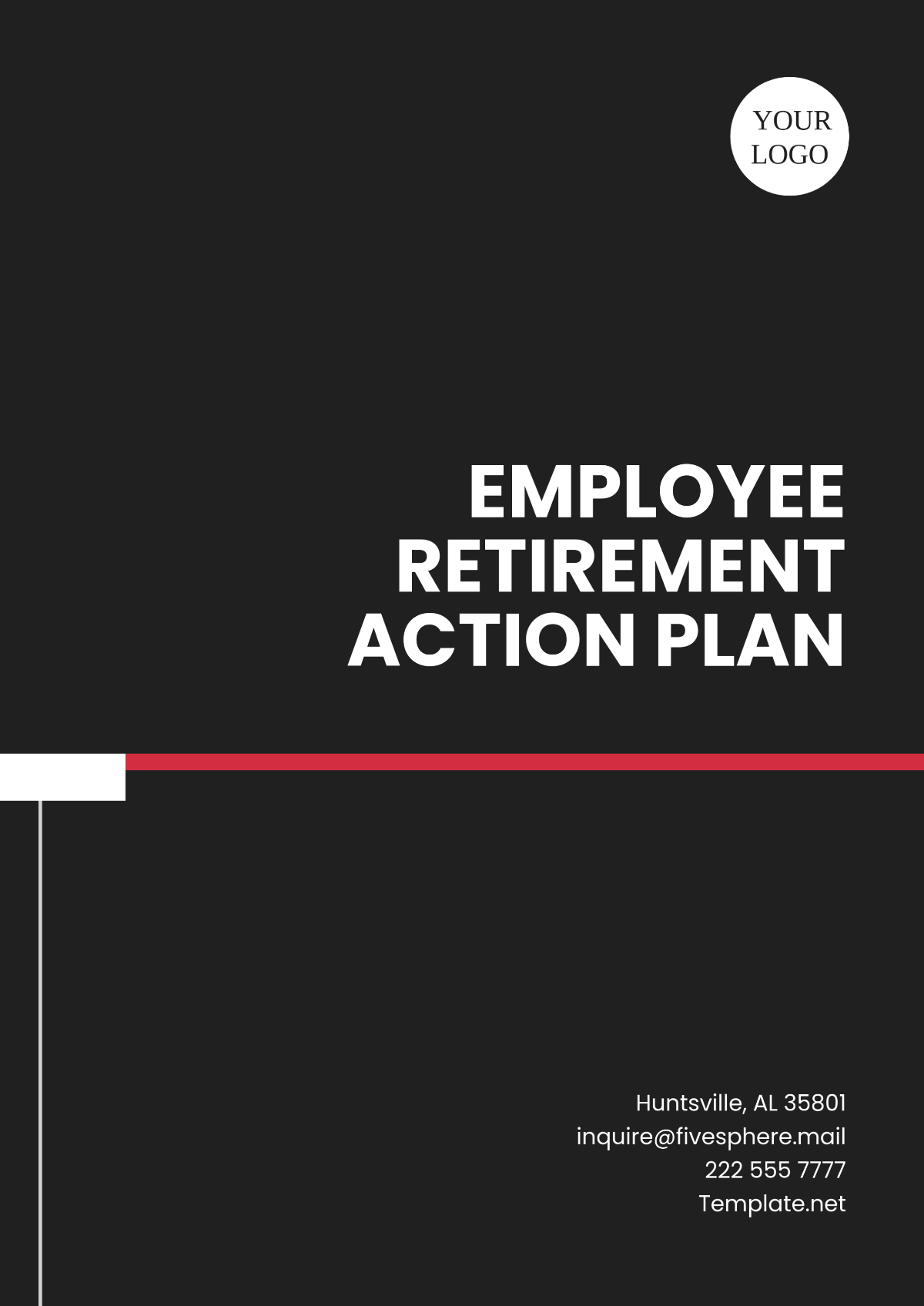Feedback Action Plan
I. Introduction
A. Purpose:
This Feedback Action Plan aims to address and resolve issues and complaints raised by stakeholders to improve [YOUR COMPANY NAME]'s products, services, and overall customer satisfaction. By implementing a structured approach to handling feedback, we aim to enhance our relationship with customers and stakeholders while continuously improving our offerings.
B. Scope:
The plan will cover the process of collecting feedback through various channels such as customer surveys, support tickets, social media platforms, and direct communication channels. Feedback will be analyzed, action items will be developed and prioritized, responsibilities will be assigned, timelines will be set, and progress will be monitored to ensure timely resolution of issues and complaints.
II. Feedback Collection
A. Channels:
Feedback will be collected through multiple channels to ensure comprehensive coverage and accessibility for stakeholders. Channels include but are not limited to online surveys, feedback forms on the website, customer service hotlines, email communication, and social media platforms.
B. Frequency:
Feedback will be collected continuously to ensure that issues and complaints are addressed promptly. Regular intervals for feedback collection will be established to maintain a steady flow of information from stakeholders.
C. Documentation:
All feedback received will be documented in a centralized system to ensure consistency, accuracy, and ease of access for analysis and action. The documentation will include details such as the nature of the feedback, the source, timestamps, and any relevant contextual information.
III. Analysis and Prioritization
A. Analysis:
Feedback will be systematically analyzed to identify recurring patterns, trends, and areas requiring immediate attention.
Qualitative Analysis: Feedback will be reviewed and categorized based on themes such as product functionality, service quality, communication effectiveness, and customer experience. Text mining and sentiment analysis techniques may be employed to extract meaningful insights from unstructured feedback data.
Quantitative Analysis: Metrics such as the number of complaints received, resolution time, customer satisfaction scores, and Net Promoter Score (NPS) will be analyzed to quantify the impact of each issue on stakeholders and prioritize them accordingly.
B. Prioritization:
Issues will be prioritized based on factors such as severity, frequency, impact on stakeholders, and alignment with [YOUR COMPANY NAME]'s strategic objectives.
Severity: Issues will be categorized based on their severity level, ranging from minor inconveniences to critical defects that significantly impact the user experience or pose risks to stakeholders.
Frequency: The frequency of occurrence for each issue will be assessed to determine its prevalence and potential impact on a larger scale. Issues that affect a significant portion of stakeholders or occur frequently will be given higher priority.
Impact on Stakeholders: The impact of each issue on stakeholders, including customers, employees, partners, and regulators, will be evaluated to prioritize issues that have the most significant consequences or implications.
Alignment with Strategic Objectives: Issues that align with the strategic goals and priorities of [YOUR COMPANY NAME] will be given priority to ensure that resources are allocated in a manner that supports the organization's long-term vision and objectives.
IV. Action Plan Development
A. Action Items:
Specific action items will be developed to address each identified issue or complaint. They will be designed to be actionable, measurable, achievable, relevant, and time-bound (SMART). Examples of action items may include:
Conducting root cause analysis to identify the underlying reasons for recurring issues.
Implementing process improvements to streamline workflows and enhance efficiency.
Providing additional training and development opportunities for staff to address skill gaps.
Enhancing communication channels to facilitate better interaction and feedback exchange with stakeholders.
Updating products/services based on customer feedback to meet evolving needs and expectations.
B. Responsibilities:
Clear responsibilities will be assigned to relevant individuals or teams for implementing each action item. Roles and responsibilities will be clearly defined to ensure accountability and ownership throughout the resolution process.
Responsible Party | Responsibilities |
|---|---|
Project Managers | Oversee the implementation of action items and coordinate efforts across teams |
Subject Matter Experts | Provide technical guidance and support in implementing solutions |
Customer Service Representatives | Engage directly with customers to address specific complaints and concerns |
Quality Assurance Teams | Conduct reviews and audits to ensure compliance with standards and regulations |
Senior Leadership | Provide strategic direction and support to ensure the success of the action plan |
C. Timelines:
Realistic timelines will be set for the completion of each action item, taking into account resource availability, dependencies, and urgency. Milestones and checkpoints will be established to track progress and ensure adherence to deadlines.
Description | Timeline |
|---|---|
Conduct root cause analysis | June 2050 |
Implement process improvements | July-August 2050 |
Provide additional training and development opportunities | September-October 2050 |
Enhance communication channels | November 2050 |
Update products/services based on customer feedback | December 2050 |
V. Implementation
A. Communication:
Communicate the action plan to all relevant stakeholders.
Provide regular updates on progress and any changes to the plan.
Establish feedback mechanisms for stakeholders to raise concerns or provide input.
B. Execution:
Implement action items according to the established timelines and responsibilities.
Monitor progress closely and address any issues or obstacles promptly.
Ensure alignment with organizational goals and objectives throughout the execution phase.
VI. Monitoring and Evaluation
A. Progress Tracking:
Monitor the progress of each action item against predetermined milestones.
Use key performance indicators (KPIs) to measure progress and effectiveness.
Adjust timelines or reallocate resources as needed to stay on track.
B. Feedback Loop:
Solicit feedback from stakeholders on implemented solutions.
Evaluate the effectiveness of the resolution process and gather insights for improvement.
Incorporate feedback into future iterations of the action plan to drive continuous improvement.
VII. Continuous Improvement
A. Iterative Process:
The feedback action plan will be reviewed and refined periodically to adapt to changing circumstances and evolving stakeholder needs. Lessons learned from previous feedback cycles will be incorporated into future iterations to drive continuous improvement.
B. Learning and Development:
Provide training and development opportunities to enhance skills related to feedback collection, analysis, and resolution.
Foster a learning environment where employees are encouraged to experiment, learn from failures, and share best practices.
Recognize and reward individuals and teams who contribute to the improvement of the feedback process and outcomes.
VIII. Closure
A. Completion Report:
A comprehensive report detailing the resolution of issues and complaints will be prepared and communicated to stakeholders. The report will summarize the actions taken, outcomes achieved, lessons learned, and any follow-up steps required.
B. Feedback Solicitation:
Stakeholders will be invited to provide feedback on the effectiveness of the resolution process and their overall satisfaction. Feedback solicitation mechanisms will be in place to capture insights, suggestions, and areas for further improvement.
This Feedback Action Plan outlines a structured approach to effectively address and resolve issues and complaints raised by stakeholders, ensuring continuous improvement and customer satisfaction at [YOUR COMPANY NAME].

















































